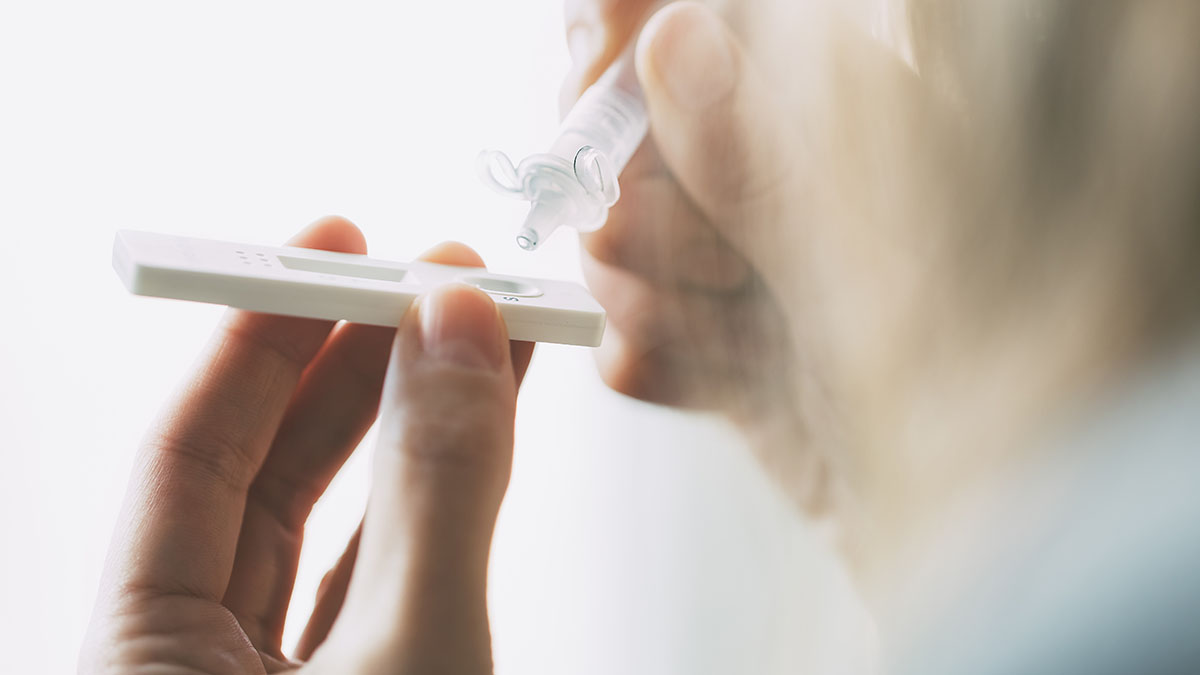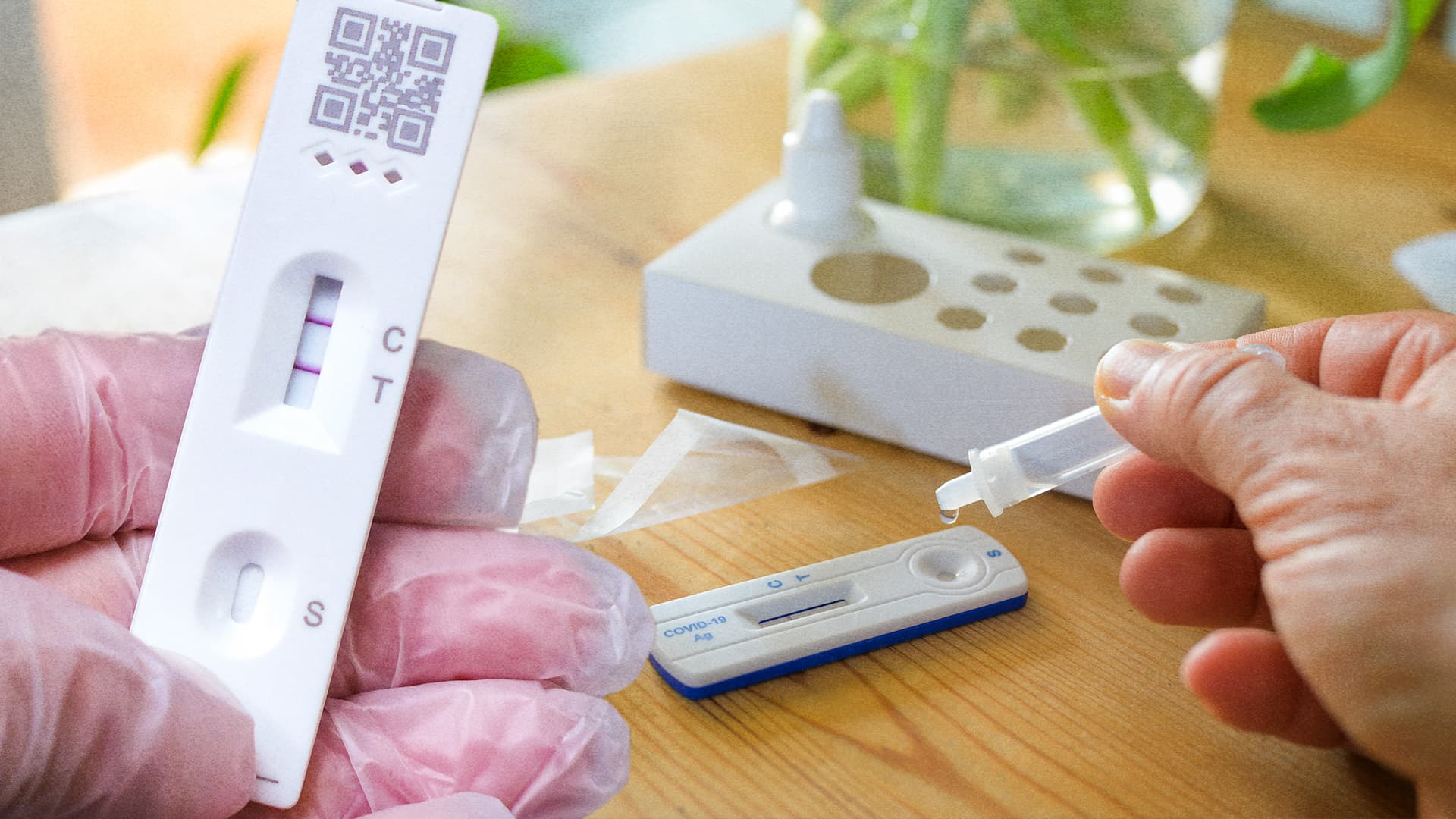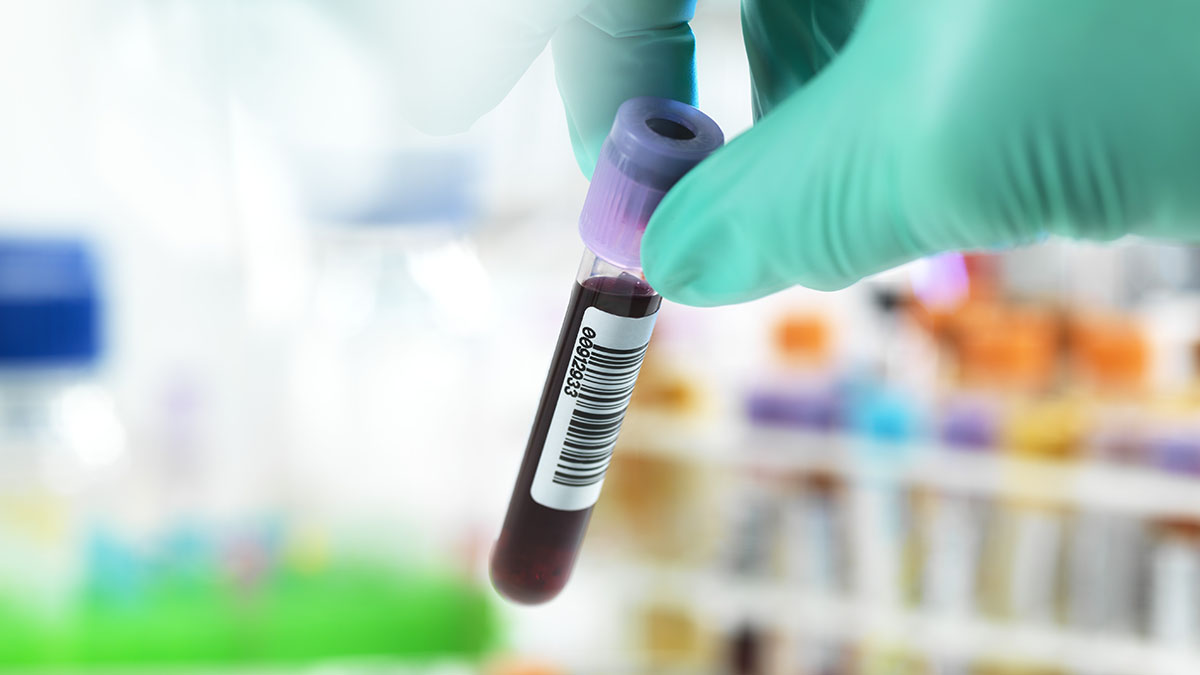The COVID-19 outlook across New York state has vastly improved, with just two of its 62 counties now considered at high risk for community COVID spread, according to the CDC's latest risk update.
It marks a total reversal from this time last month, when all but eight -- or 87% -- of Empire State counties were considered high risk. But there's still one problem area.
Long Island is home to both counties that still merit the federal health agency's high-risk designation as of Friday. The CDC assesses risk based on the same three metrics New York City does -- case and new hospital admissions rates per 100,000 residents and percentage of staffed inpatient beds in use by COVID patients.
Nassau County is struggling more with infections, based on the CDC's latest update. Its new case rate of 238.3 is higher than Suffolk County's (200.46), though new hospital admission rates (12.8%) and inpatient bed use (5.3%) are the same.
Get Tri-state area news and weather forecasts to your inbox. Sign up for NBC New York newsletters.
Long Island has also been driving up infections across the state lately, reporting the highest rolling positivity rate (7.51%) of all 10 regions by a considerable amount. The next-highest rolling rate is owned by Western New York (6.12%), followed by the Mid-Hudson region (6%). New York City's rolling positivity rate of 5.07%, according to the state's latest update, falls below the statewide average of 5.47%.
All five boroughs were downgraded weeks ago from the CDC's highest risk category. In the latest federal update, only the Bronx, which was long the lone holdout in the medium-risk category before joining the other boroughs in late May, is low risk.
And yet, New York City health officials say the city remains at a high COVID alert level. That had appeared on track to change this week, based on a lengthy Twitter thread in which health chief Dr. Ashwin Vasan declared the latest peak had passed. Mayor Eric Adams' rapid follow -- lifting the toddler mask mandate -- provided further encouragement on that front. But no alert level transition has come yet.
The metrics available on the city alert page as of 11 a.m. Friday still reflect an imminent change is likely, with the rolling hospitalization rate (10.1) just barely over the threshold that triggers a high alert when new case rates are also above 200.0.
Why the discrepancy between New York City health officials and the CDC?
There could be other reporting factors at play. The CDC assesses risk at the state or county level, for example, while New York City bases its assessment on citywide numbers. Differences in data flow and communication may also play a role.
More Coverage
Either way, experts appear to agree it's apparent that all signs are pointing in the right direction for New York City as it emerges from this latest pandemic threat.
The latest wave has been largely blamed on the omicron subvariant BA.2.12.1, which has been said to be at least 25% more transmissible than the strain that came before it, omicron's BA.2. BA.2 was thought to be at least 30% more contagious than the original omicron, which, as all of America and the globe saw this past winter, was the most infectious COVID strain to date at the time it emerged.
Hospitalizations increased, though to a lesser and more manageable degree than they did during previous waves associated with omicron and delta.
Similar patterns played out across the state at other times over the last few months, though the downstate region that includes New York City likely experienced that variant spread earlier than other states and major metro areas, based on the U.S. spots still grappling with high average COVID case and hospitalization rates.
Nationally, 329 -- or 10.21% of -- United States counties are considered high risk for community COVID spread by the CDC. That's up about a half percentage point in the last week, with the number of medium-risk counties dropping by 3.38%. The overwhelming majority of American counties -- 60.4% of them -- are at low risk.
Seven of 21 New Jersey counties are still considered high risk by the CDC, though that number is down by four since the prior update and most issues now appear confined to the southern part of the state. Connecticut, meanwhile, is officially all green apart from New London County, the only one of the eight still at medium risk.




